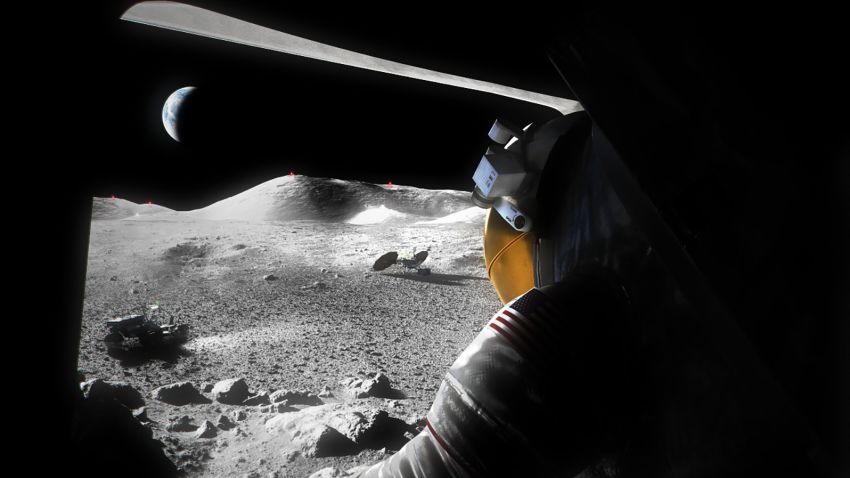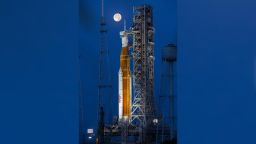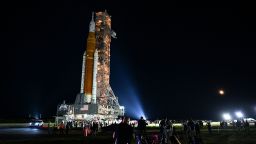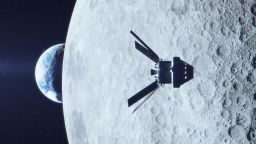Turn to CNN for live coverage from Kennedy Space Center in Florida this week. Space correspondent Kristin Fisher will bring us moment-by-moment reporting from the launch, along with a team of experts.
Artemis I will carry an unconventional crew when it’s expected to lift off Wednesday on a journey around the moon.
Rather than astronauts, a mannequin named Commander Moonikin Campos will helm the Orion spacecraft, with two mannequin torsos called Helga and Zohar along for the ride.
The Artemis program aims to land the first woman and the first person of color on the moon and eventually deliver astronauts to Mars.
The inaugural mission will test out the new Space Launch System rocket, Orion spacecraft and multiple components designed to make deep space travel safer for humans.
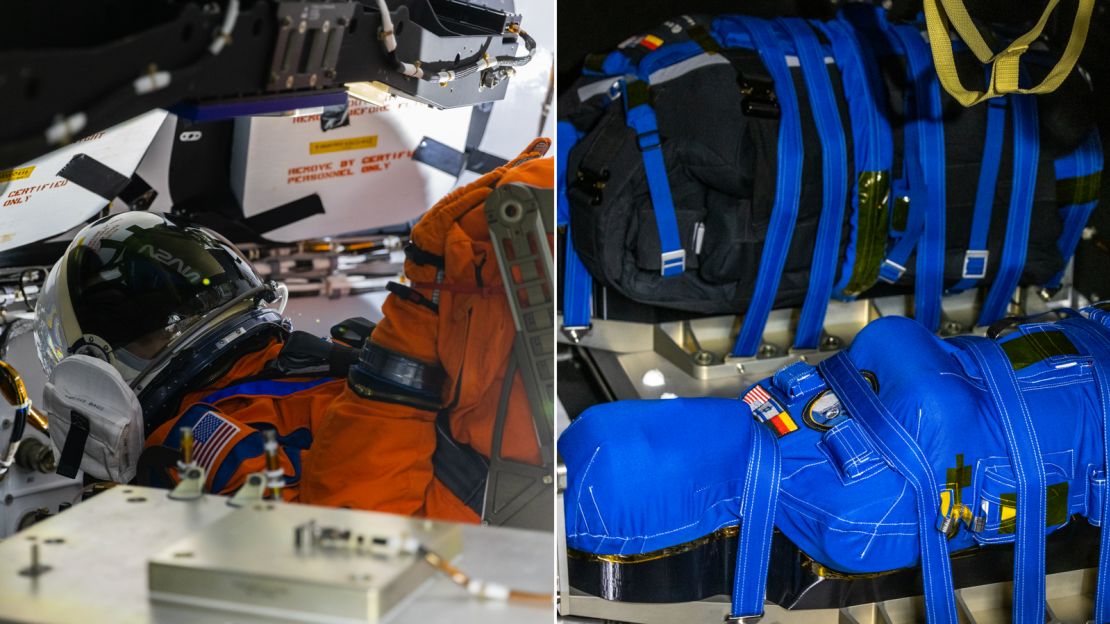
Mannequins in a spacecraft with enviable views of the moon may sound like some sort of joke, but these three passengers will serve as canaries in the coal mine of space.
Orion will travel 40,000 miles (64,373 kilometers) beyond the moon, breaking the record set by Apollo 13, to go farther than any spacecraft intended to carry humans.
This is far from low-Earth orbit, where the International Space Station circles the Earth. Orion’s future crews will be exposed to deep space radiation – especially once they venture for longer stays on the moon and set off for Mars.
Moonikin’s mission
Commander Moonikin Campos’ name, picked via a public contest, is a nod to Arturo Campos, a NASA electrical power subsystem manager who aided in the troubled Apollo 13’s safe return to Earth. The mannequin, sporting the Orion Crew Survival System suit, can collect data on what future human crews might experience.
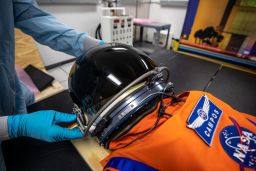
The suit has been designed for Artemis astronauts to wear during launch and reentry, and it is outfitted with two radiation sensors.
It can sustain a crew member for up to six days in the event of an in-space emergency, something that has never been attempted before, said Dustin Gohmert, Orion Crew Survival Systems project manager at NASA’s Johnson Space Center in Houston.
“You can almost think of it as a personalized spacecraft – a secondary but much more personalized spacecraft that protects the crew member, provides them pressure, oxygen, cooling and any other life-sustaining functions that are needed,” Gohmert said.
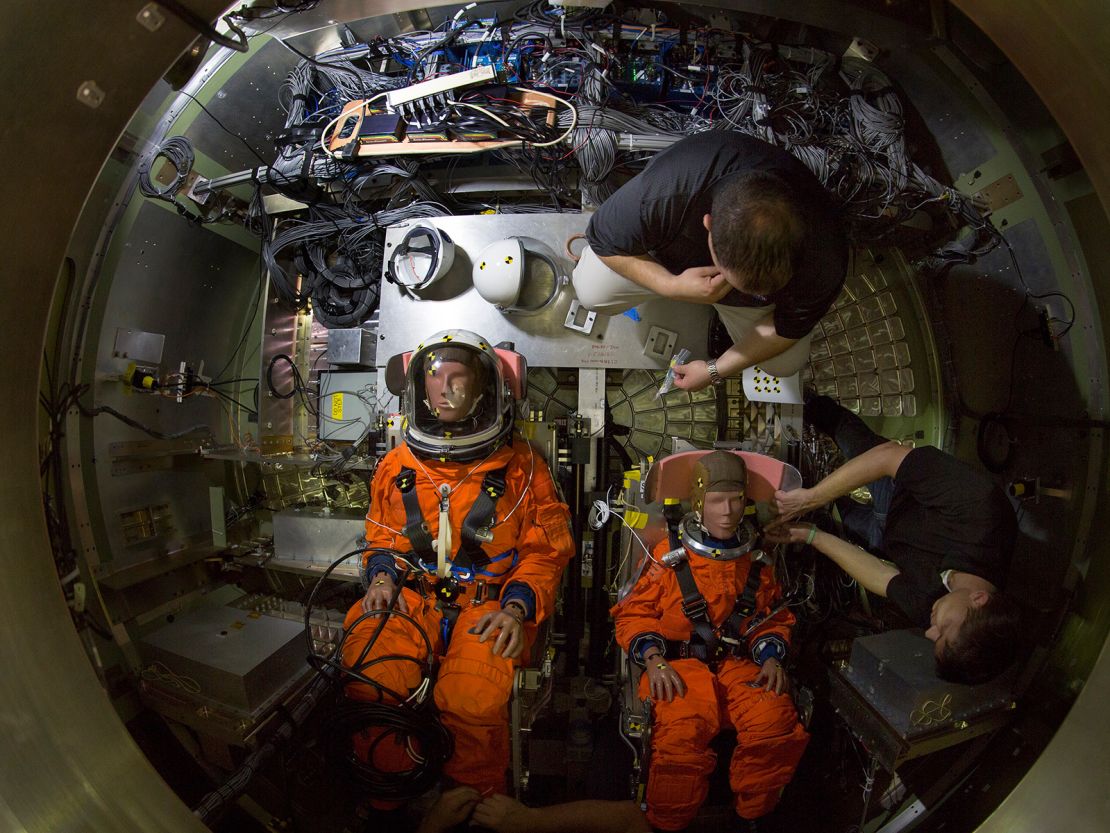
With new safety features, Commander Moonikin Campos’ seat resembles that of a race car’s, with a cocoon forming around its occupant, he said. The seat has shock absorbers in case of landing in rough seas or other scenarios.
Phantom twins
Twin mannequins Helga and Zohar have a separate mission. The two torsos are based on phantoms, used for radiation treatment planning in hospitals, said Thomas Berger, Helga and Zohar principal investigator at the German Aerospace Center.
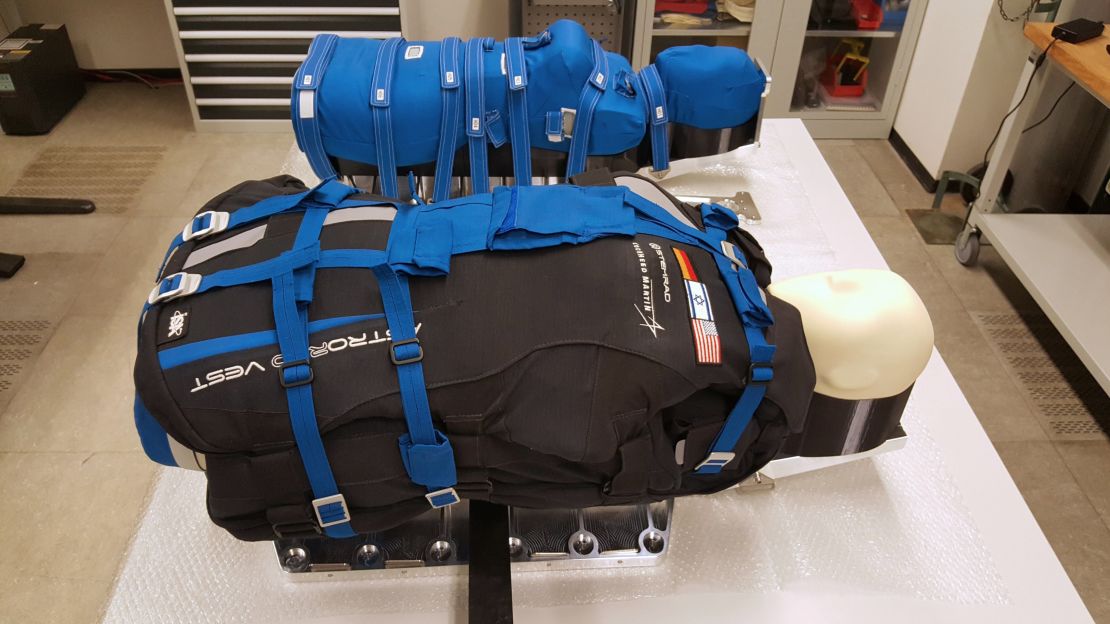
Both phantoms are made of materials that mimic the soft tissue, organs and bones of a woman. Their epoxy resin forms even resemble human lung and brain tissue to test how radiation passes through the human body.
The torsos have more than 5,600 sensors and 34 radiation detectors to measure how much radiation exposure occurs within different organs during the mission.
The mannequins are part of the Matroshka AstroRad Radiation Experiment, or MARE, a collaboration between the German Aerospace Center, the Israel Space Agency, NASA and institutions across multiple countries.
Zohar will wear AstroRad, a radiation protection vest, to test how effective it could be if future crews encounter a solar storm, while Helga will be unprotected.
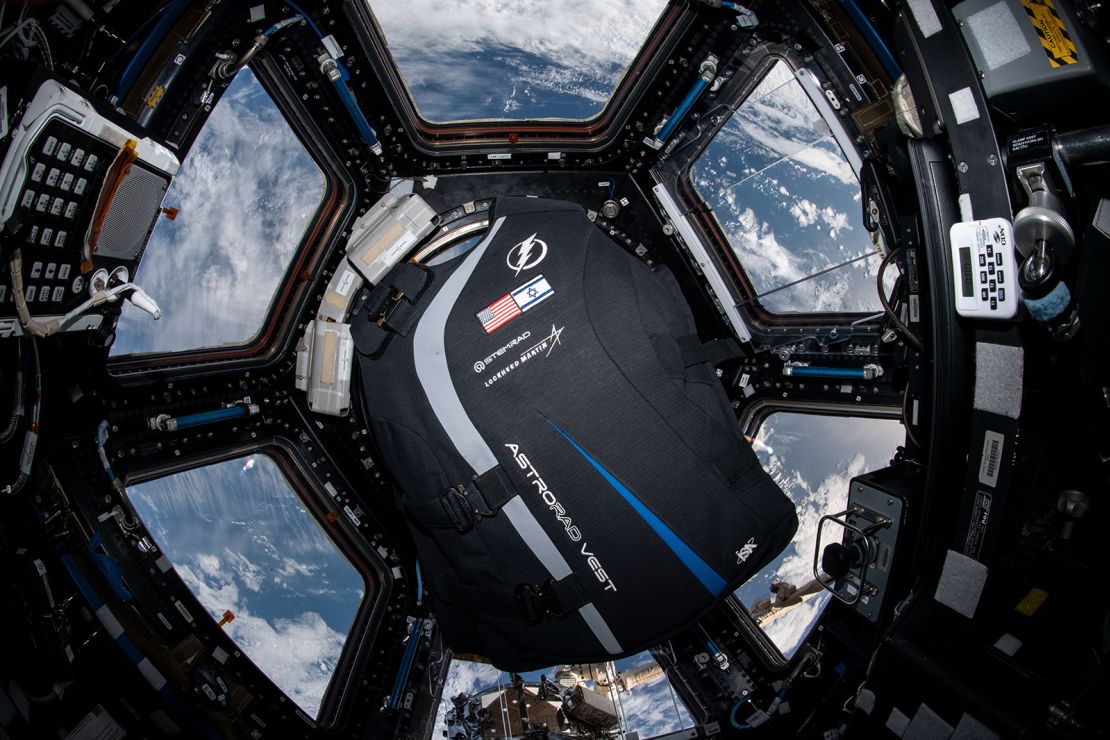
Solar storms unleashed by the sun can last for days or weeks. The developers of AstroRad hope that the vest would allow future Artemis crews to continue performing daily activities despite space weather. The vest is made of thousands of shielding cores that can protect vital human organs against solar energy particles.
Combating space radiation
Different organs have different susceptibilities to space radiation, said Ramona Gaza, the MARE science team lead at Johnson Space Center.
The MARE project aims to measure the differences between how specific organs, such as the brain, respond to radiation.
Previously, different limits of radiation exposure have been set for astronauts on the space station.
A June 2021 report by the US National Academies of Sciences, Engineering and Medicine suggested a new standard limit for all astronauts regardless of age or gender: 600 millisieverts of radiation over the course of a career, Gaza said.
“Millisieverts measure the health effect of low doses of ionizing radiation on the human body,” according to the report.

Not all scientists have accepted previous studies showing discrepancies in the different responses between men and women to radiation, Gaza said.
Data returned by the Artemis I mission could have an impact on the standard limit for male and female astronauts.
“The United States of America is half men, half women. Well, space should be at least that,” said Reid Wiseman, chief of the Astronaut Office at Johnson Space Center. “So if we cannot make these spacecraft equitable, and we can’t fly any type of person on them, then we need to look at our systems and reevaluate.”
Meanwhile, NASA’s astronauts are doing everything they can to prepare for the Artemis missions by training in virtual reality situations and in environments that simulate lunar conditions, he said.
The agency hopes to announce the Artemis II crew, slated to take astronauts on a similar journey around the moon, later this year, according to Wiseman. Artemis II is expected to launch in 2024.
“To me, it’s just the most awe-inspiring moment that we’ve had here at NASA,” Wiseman said.
Sign up for CNN’s Wonder Theory science newsletter. Explore the universe with news on fascinating discoveries, scientific advancements and more.



